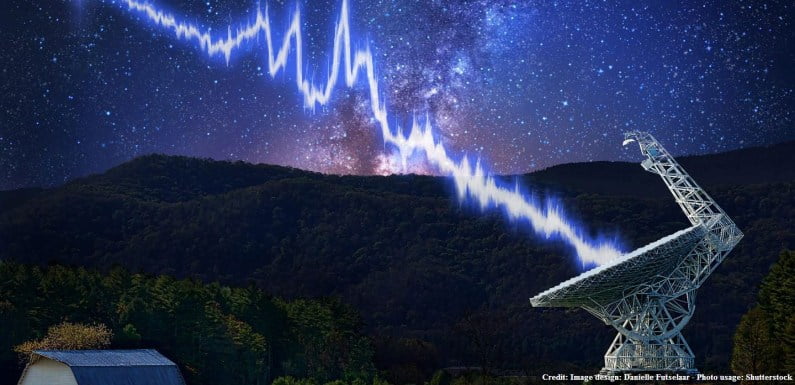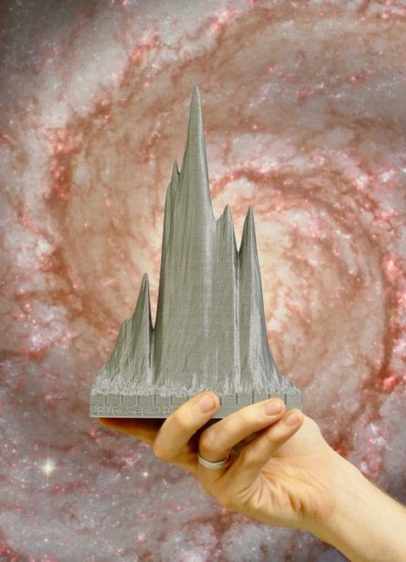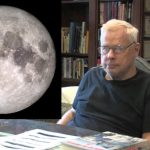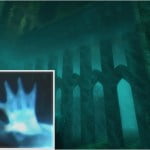
A new research investigates the possible of the source of powerful explosions of radio waves in a particular location. These bursts might be happening due to a dense celestial core called neutron star.
A neutron star represents a remarkably potent magnetic field, similar to the one near an extensive black hole.
On the other hand, fast radio bursts or FRBs are powerful pulses of radio waves, only milliseconds long but strong enough to radiate more energy in less than a second than the sun does in days.
The FRBs were identified back in 2007. But, although researchers spotted only about 20 of them, they believe such flashes happen maybe 10,000 times a day across the whole sky.
Researchers mentioned a few explanations of these events. Among them was the disappearance of black holes and of course, the neutron star.
In 2016, researchers found out that a fast radio burst identified as FRB 121102 could issue many bursts.
“It is the only known repeating fast radio burst source,” said the study co-leader and author Jason Hessels, from the University of Amsterdam.

Hessels further implied that this FRB 121102 is capable of exploding multiple times which indicates it doesn’t origin from a one-time destructive event.
“A key question in the field is whether this repeating fast radio burst source is fundamentally different compared to all the other apparently nonrepeating sources,” he said.
For further investigation, scientists employed the Arecibo Observatory in Puerto Rico and the Green Bank Telescope in West Virgina. With their help, they examined information on 16 bursts coming from the object.
FRB 121102’s location is in a star region of a dwarf galaxy around 3 billion light-years from Earth.
The study’s leaders said that astronomers can see it and the energy value every burst produces in a millisecond is as much as the sun generates in a whole day.
While analyzing these radiations, scientists concentrated on radio waves called polarization. Namely, this feature happens because all light waves can rush up, down, left and right.
The radio waves coming from FRB 121102 were quite short but polarized. Moreover, they were similar to radio emissions from young energetic neutron star earlier spotted in the Milky Way.

When radio waves move through a magnetized plasma, the way of their polarization can spin. This is known as Faraday rotation.
Hessels and the team discovered that FRB 121102’s radio bursts were 500 times more twisted than the rest of the FRBs.
“I couldn’t believe my eyes when I first saw the data. Such extreme Faraday rotation is extremely rare,” Hessels said in the statement.
This exceptional spin insinuates that FRB 121102’s bursts went through a very hot plasma with a strong magnetic field. And such plasmas likely subsist near either a black hole more than 10,000 times the mass of the sun.
Hessels mentioned he is expecting the newest technology of telescopes to discover other sources. Therefore, to answer all the remaining unanswered questions regarding the FRBs.
The scientists revealed their discoveries in the journal Nature.









